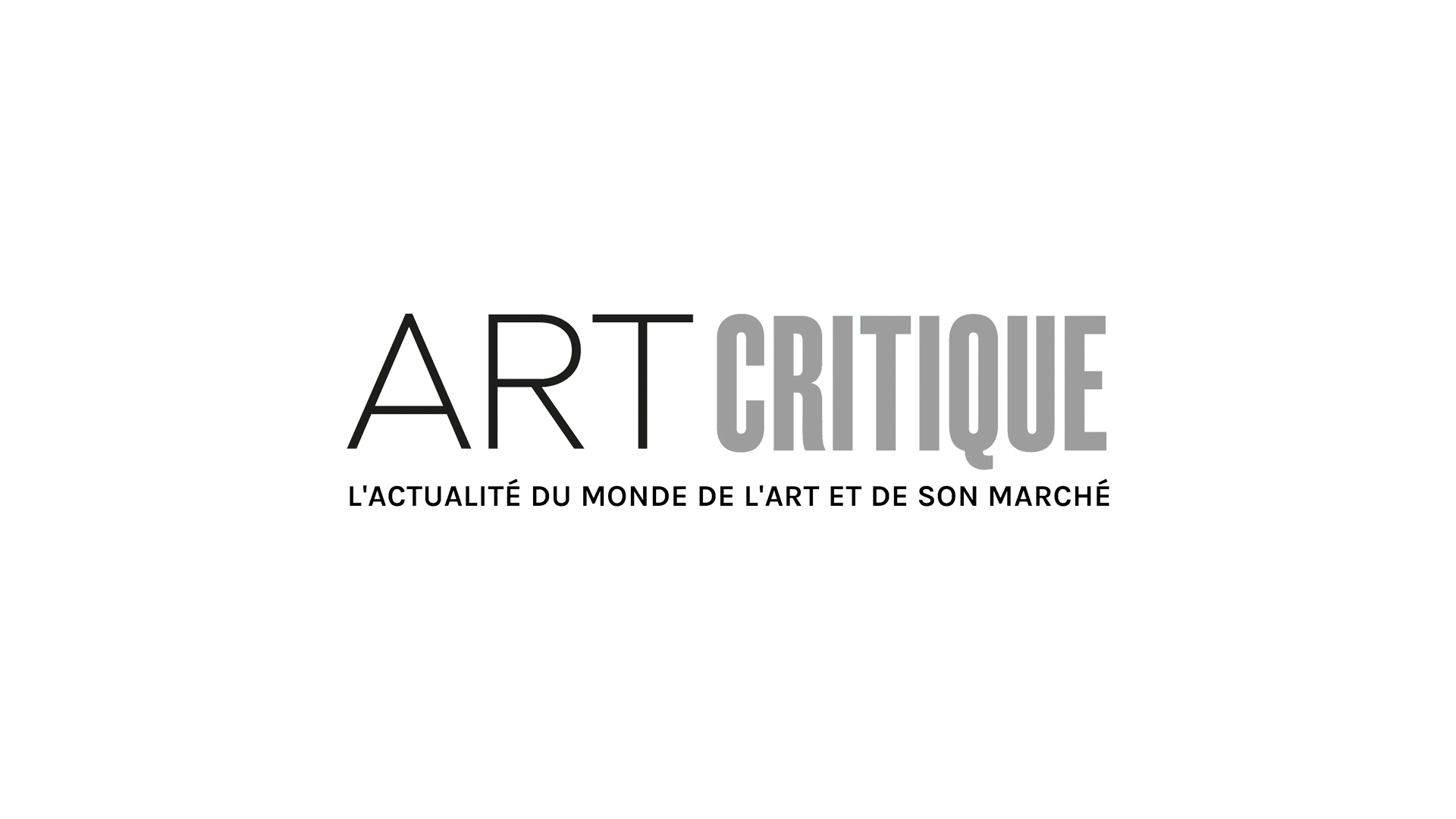The mystery around ‘Spitzmaus Mummy in a Coffin and Other Treasures,’ the debut collaborative exhibition by Wes Anderson and Juman Malouf, bolstered the anticipation for the exhibition which opened on November 6th. At the invitation of the Kunsthistorisches Museum Wien in Vienna, the pair spent over two years sifting through over 4.5 million works to create the exhibition.
Heavily shrouded in secrecy the show only leaked a couple of short teaser trailers. It was frankly impossible to know what the outcome would be exactly.
Well, ladies and gentlemen, the wait is over and the result of Anderson and Malouf’s hard work is in some ways precisely what you would expect from the duo and in other ways it is surprising. Compactly nestled into the Kunstkammer, an encyclopedic portion of the Kunsthistorisches, the exhibition gives the overall feel of a cabinet of curiosities.
Anderson and Malouf painstakingly chose around 450 objects that span 5,000 years. More than 350 of the paintings, weaponry, artefacts, decorative objects, and even taxidermied animals on display have never been seen by the public until now.
‘It was probably worth it,’ Anderson said, only partially jokingly, during his short speech at the opening of the exhibition. However, his reservations are understandable as he and Malouf were thrown in the role of curator more or less head first. Consideration for display requirements, like humidity and lighting, or what materials are necessary for the display of other objects rarely comes into play for the non-curator.
Anderson and Malouf both have strong aesthetics but the former’s is potentially most recognizable. In his films, story-book like, flattened sets create almost whimsical environments that follow the lives of unusual characters. Anderson manipulates his characters to play on melancholy, yearning, and passion. In an effort to marry Anderson’s cinematic vocabulary and an exhibition, objects are grouped by colour, material, and size. The treasures of the Kunsthistorisches are steeped in history, though, which would prove to be a difficult hurdle for the categorization of the objects.
One room, for example, holds a petrified piece of wood estimated to be almost a million years old. That artefact is displayed in a wood-paneled room beneath a painting wood. Both are placed nearby to whittled wooden artefacts representing the different ways the medium can be handled. Another room is full of emerald green room taking center stage of the exhibition. Objects for the room were chosen specifically for their green hue. A breathtaking, 17th-century emerald cut with enamel and gold is found with a third-century Roman vase, and an 1870s green feathered skirt from Peru.
More groupings like these make up the exhibition but in doing so, the histories and provenance is largely ignored in an attempt to flatten the artworks. This is where Anderson’s cinematic styles rub against museum exhibition. For some, the result begs the question of ‘why’ but, when taken for what it is, it is a beautiful and exciting exhibition. While, it may not answer bold and profound questions it offers a new way of looking at historical institutions and their collections.





